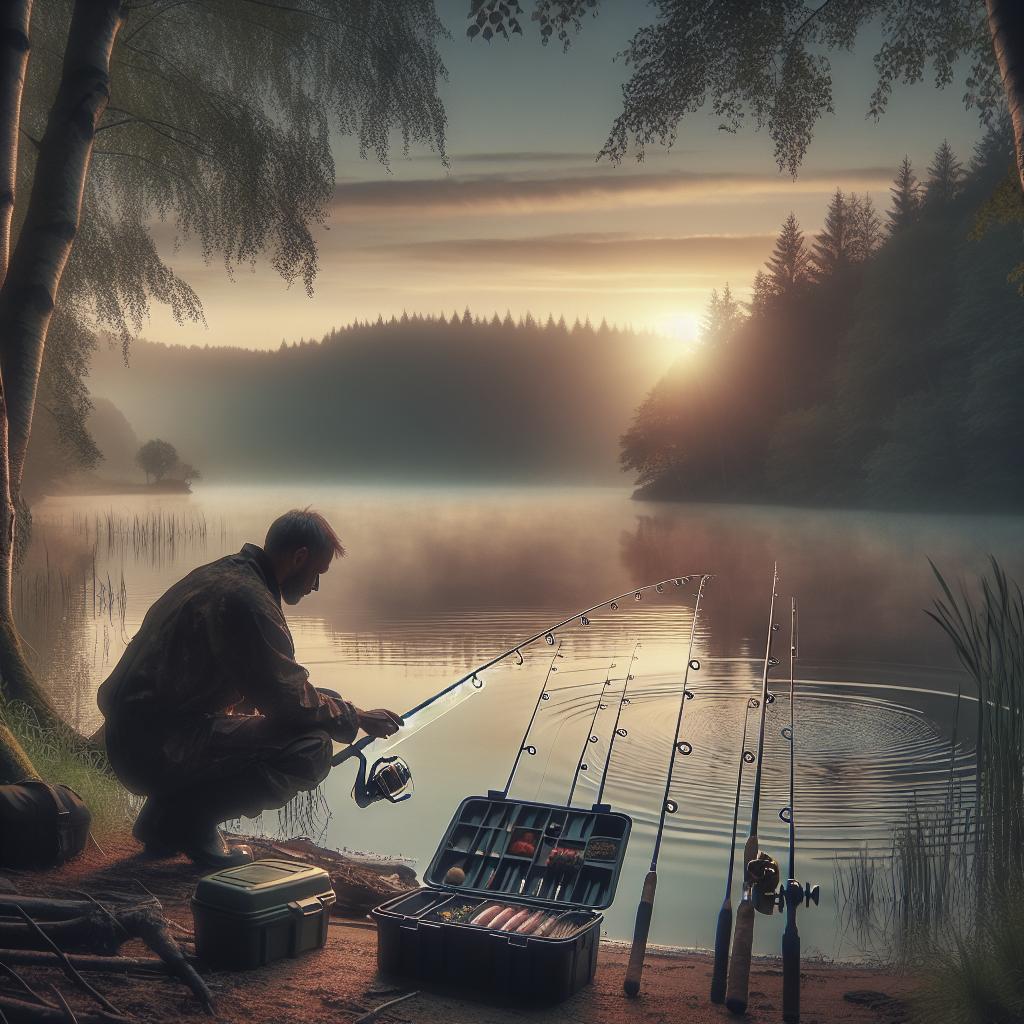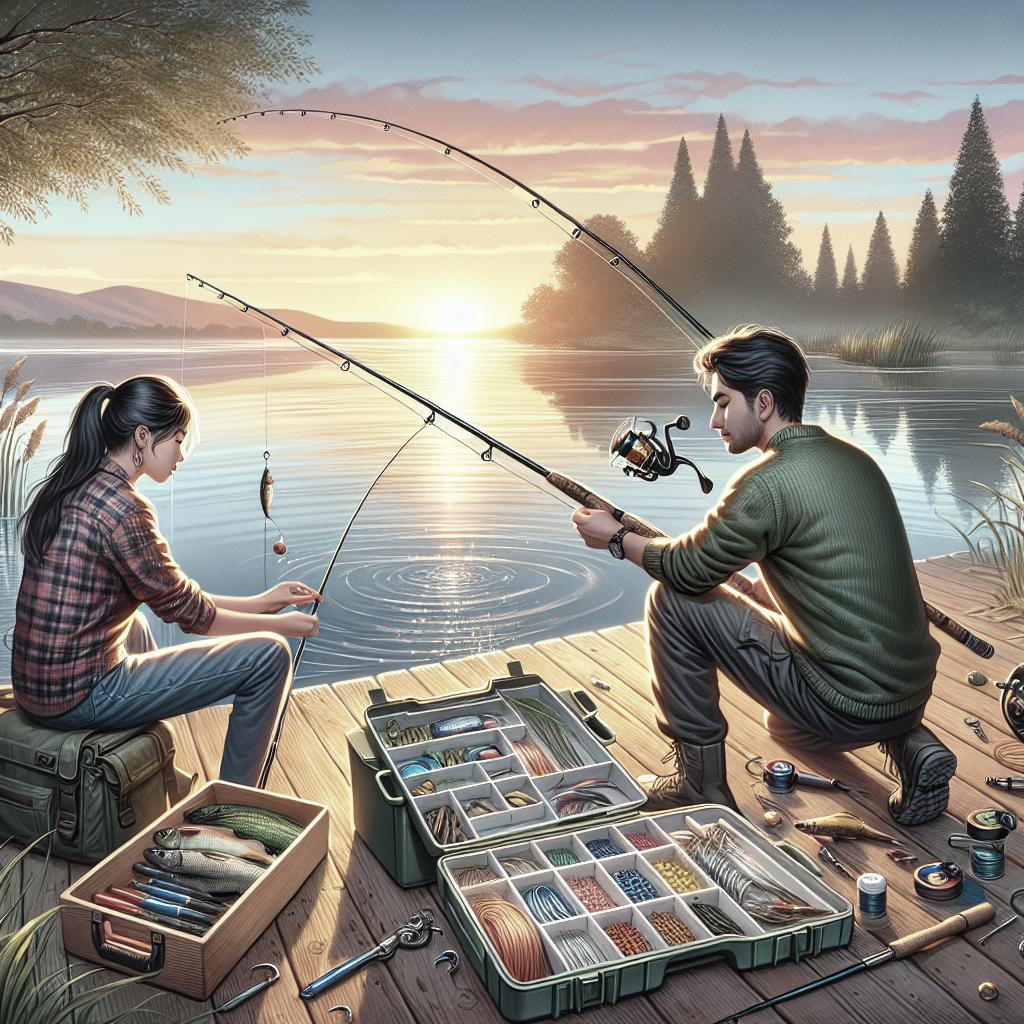“`html
What is Surf Fishing and How to Do It
Surf fishing is an exhilarating outdoor activity that merges the artful skill of angling with the refreshing embrace of the sea. This pastime doesn’t require a boat; instead, you cast your line directly from the beach into the ocean surf. Ideal for both novice and seasoned anglers, surf fishing demands a particular set of skills and equipment to master the dynamic waterfront conditions. In this comprehensive guide, we’ll explore the essentials of surf fishing, delve into effective bait choices, discuss suitable gear, learn how to interpret the surf for optimal success, and provide some handy tips to enhance your fishing experience. By the end, you’ll be ready to tackle the waves and enjoy the fulfilling pursuit of catching fish from the shore.
Bait in The Breakers
Choosing the right bait is crucial in surf fishing. The goal is to attract the inshore fish species that frequent the turbulent waters. Natural baits, like shrimp, sand crabs, or bloodworms, are popular choices due to their ability to mimic the natural prey found in coastal environments. Fresh bait often outperforms frozen alternatives, as the natural oils in fresh bait can better attract fish. Additionally, many anglers swear by clams or cut baitfish, such as mullet, which release alluring scents into the water.
Artificial baits also have their place in surf fishing, especially when natural bait is scarce. Lures like spoons, soft plastics, or topwater plugs can mimic the movements of live prey with precision. These lures are typically used to target predator fish, like bluefish or striped bass, valued for their fighting prowess. Choosing the proper bait often depends on the target species and local conditions, but a combination of both natural and artificial will provide the flexibility needed to adapt to varying situations.
Fishing Gear for the Beach
A successful surf fishing expedition requires the right gear, beginning with a rod that can handle the demands of casting into the breakers. Surf rods typically range from 9 to 13 feet in length, with longer rods offering greater casting distance and leverage for larger catches. A sturdy reel with a smooth drag system is also essential to withstand the pull of powerful ocean waves and energetic fish. Spinning reels are often favored for their versatility and ease of use.
In addition to rods and reels, a tackle box stocked with essential supplies like hooks, sinkers, leaders, and swivels is indispensable. The weights of your sinkers should be selected according to surf conditions, as heavier weights will help keep bait stationary in strong currents. Additional items such as a sand spike to hold your rod, a bait bucket, and a cooler for your catch will also enhance your experience. Proper fishing attire, including polarized sunglasses and sunscreen, will protect against the elements and improve your focus.
How to Read the Surf
Understanding how to read the surf is key to locating productive fishing spots and improving success rates. Observing the beach before setting up is crucial; look for signs like channels, cuts, or troughs—these are natural formations where fish often congregate due to these areas providing shelter or a concentration of prey. The presence of a rip current can indicate a deeper channel, which can be a fruitful zone for fishing.
Tidal movements also play a significant role in surf fishing. Fish are most active during tidal changes, particularly at high tide when deeper water is closer to shore, and food is more accessible. Learning to use tide charts and monitoring local conditions will help you select the best times for angling. Pay attention to wave patterns, as calmer waters behind a sandbar often harbor fish waiting for prey.
Surf Fishing Tips
To maximize your success and enjoyment in surf fishing, consider a few additional tips. First, patience is key; fish activity can vary throughout the day, so give your spots adequate time to assess productivity. Adjust casting distances frequently, as some species may swim close to shore while others remain farther out.
Joining local angling communities or forums can provide valuable insights into productive locations and conditions, offering a chance to share experiences and exchange advice. Additionally, keeping an eye on bird activity can be revealing; gulls diving into the water often indicate baitfish presence and, consequently, predatory fish below.
Next Steps
| Key Components | Details |
|---|---|
| Bait | Choose natural bait like shrimp and crabs; consider artificial lures for flexibility. |
| Gear | Essential items include a sturdy surf rod, a reliable reel, and a well-stocked tackle box. |
| Surf Reading | Identify productive areas by observing surf patterns and using tidal charts. |
| Tips | Practice patience, engage with local anglers, and observe bird activity for fish presence. |
“`


